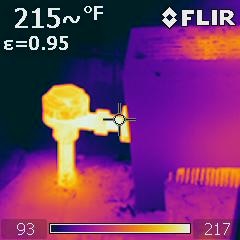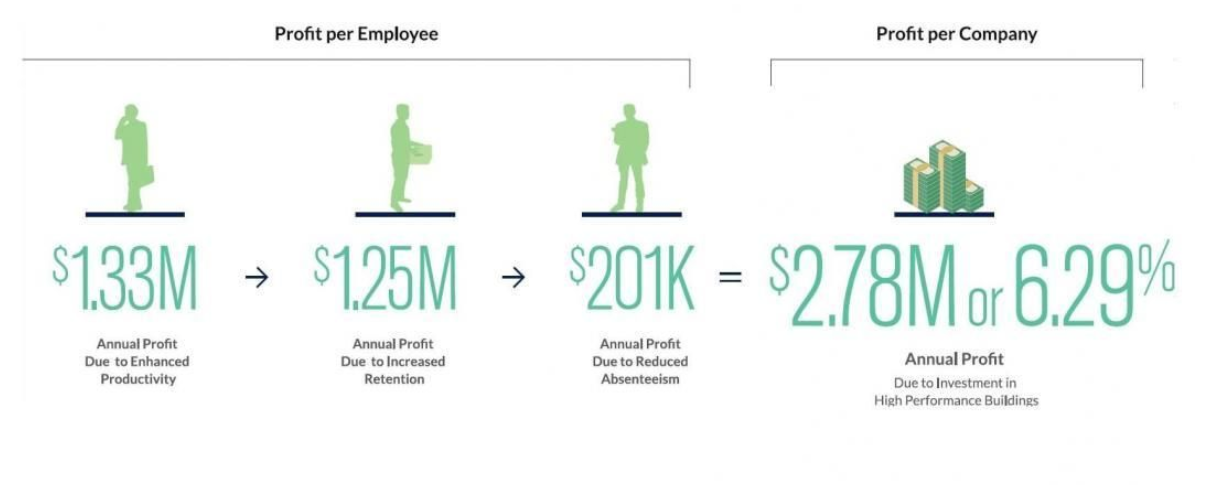- November 07, 2018
- 0 Comments
- In Existing Building Performance
- By Steven Winter Associates
Going Beyond Carburetor Technology in the NYS Market
Fun Fact #1: Space heating and domestic hot water generation represent two of the greatest energy end uses in New York State.
Fun Fact #2: More than 70 percent of all New York City buildings utilize steam for space heating.
Background
The clear majority of the distribution systems in these NYC buildings are supplied by high mass steam boiler plants. Digging down a bit further, it is important to note that the most common air:fuel control for these boilers is a mechanical linkage that connects a single servo motor to both the combustion air damper and the fuel control valve(s). We know that adjusting one part of the linkage’s movement affects fuel and air rates elsewhere in the range, making accurate adjustment difficult. We also know that modern linkageless controls use separate servo motors to operate the fuel control valves, combustion air damper, and (in some cases) the flue damper, allowing for finer control.
In fact, SWA recently completed a demonstration study (partially funded through NYSERDA’s Advanced Building Program) to evaluate linkageless burner retrofits on two buildings with respect to energy savings and carbon reductions, as well as qualitative or non-energy benefits. The retrofit materials were funded by Preferred Utilities Manufacturing Corp. of Danbury, CT, who also provided manufacturer’s technical support. The study also focused on quantifying the seasonal efficiency of intermediate-sized, high mass steam boiler plants, which had not previously been studied. The demonstration addresses this gap in the industry’s knowledge.







